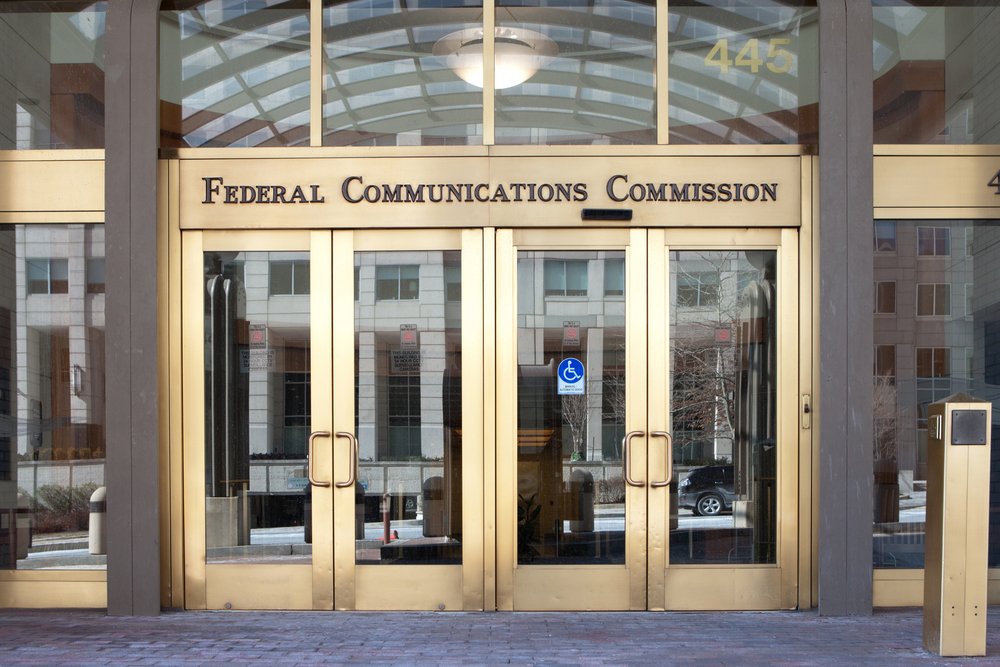
FCC Chairman Tom Wheeler has circulated a proposal within the Commission to dramatically expand the $1.7 billion Lifeline subsidy program designed to ensure all Americans have access to advanced telecommunications services.
Lifeline was created in 1985 by the Reagan administration to subsidize landline phone service; in 2008 it was expanded to include cellphones. To qualify for the subsidy a household must, “have an income at or below 135 percent of the federal poverty line, or must participate in a program like Medicaid or food stamps,” according to a recent article in The New York Times.
Today more than 12 million households participate in the program and Chairman Wheeler’s proposal would expand its scope to include subsidized access to broadband Internet.
High-speed Internet is increasingly seen as being as essential to economic well-being and opportunity as telephone, transportation, and health services. Schools, from grade school to college, increasingly rely on the Internet for scheduling, communication, and classwork; employers increasingly require job applications be completed and submitted online.
“Everything is online these days,” says Sharell Harmon, a 23-year-old single mother from Elkins, West Virginia, who works full-time in construction while simultaneously pursuing her college degree. “I take classes online, do my schoolwork. My kids play math and phonics games.”
A vote on the proposal is expected as early as next month, with discussion of specifics on implementing the program following thereafter. A final vote is possible before the end of the year.
FCC Chairman Looks to Close Digital Divide by Expanding Lifeline Program
FCC Chairman Tom Wheeler has circulated a proposal within the Commission to dramatically expand the $1.7 billion Lifeline subsidy program designed to ensure all Americans have access to advanced telecommunications services. Lifeline was created in 1985 by the Reagan administration to subsidize landline phone service; in 2008 it was expanded to include cellphones. To qualify for the subsidy a household must, “have an income at or below 135 percent of the federal poverty line, or must participate in a program like Medicaid or food stamps,” according to a recent article in The New York Times.
















